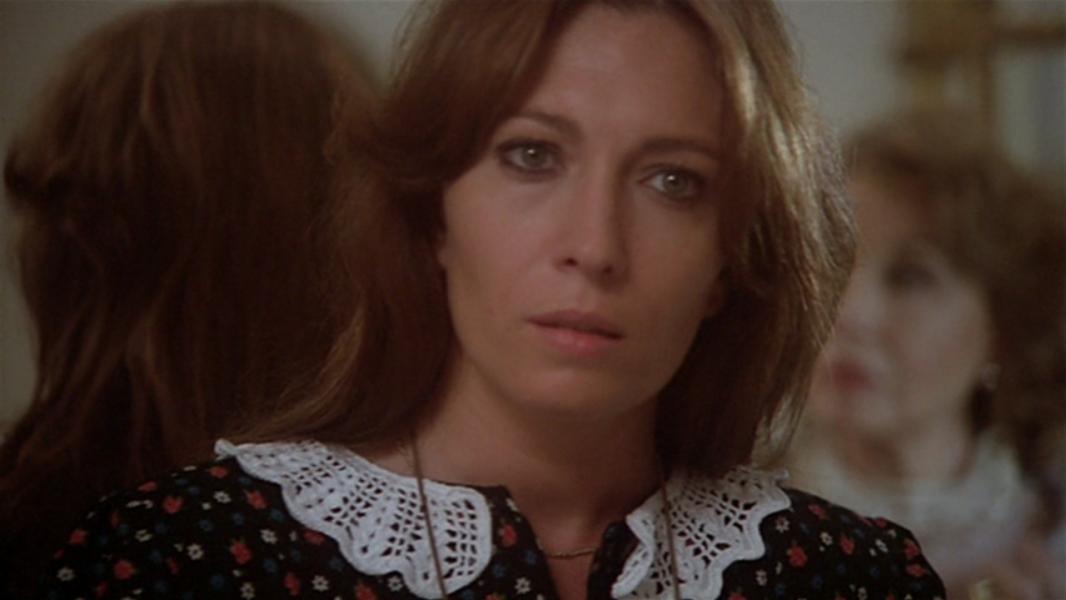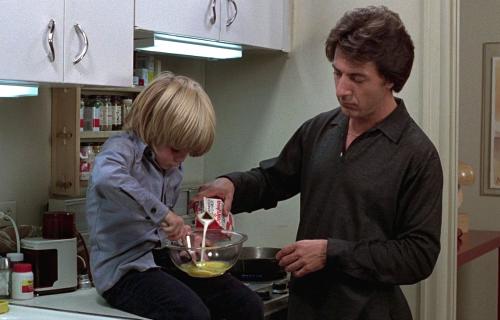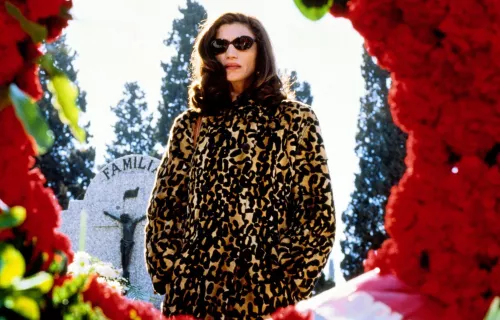
Film
GARY COOPER, WHO ART IN HEAVEN (GARY COOPER, QUE ESTÁS EN LOS CIELOS)
english and spanish below
Blue Is the Wildest Color: The Liberated Woman in the 70s and 80s
Naar aanleiding van de video-installatie Resolución. Over levenskeuzes in de Spaanse cinema in MoMu, presenteren De Cinema en Europalia een gelijknamige filmreeks met zeven markante films uit Spanje, het gastland van Europalia 2025. Elke film draait rond één kleur. Elke kleur vertelt iets over vrouw-zijn en over de tijd waarin de film ontstond. Blauw staat symbool voor vrijheid. Denk aan vrouwen die scheiden, een carrière najagen en zich losmaken van maatschappelijke regels.
Een jonge, succesvolle televisieregisseur moet plots een spoedoperatie ondergaan. Haar carrière loopt op rolletjes, maar haar liefdesleven is een fiasco en ze voelt zich eenzaam. In deze angstige momenten blikt ze terug op haar leven, haar relaties en haar familie. Daarbij kan ze niet anders dan terugdenken aan de grote platonische liefde van haar jeugd: Gary Cooper.
Pilar Miró was, samen met collega’s Josefina Molina (FUNCIÓN DE NOCHE, 1981) en Cecilia Bartolomé (VÁMONOS, BÁRBARA, 1978), ook onderdeel van de video-installatie Resolución: Over levenskeuzes in de Spaanse cinema in het MoMu, een van de grote pioniers in het verbeelden van de vrijgevochten vrouw tijdens de Spaanse overgangsperiode. Deze drie films groeiden uit tot filmische manifesten van een nieuwe vrouwelijkheid: vrouwen die zich verzetten tegen traditionele rollen, het huwelijk en het moederschap ter discussie stellen, en hun plek in de patriarchale samenleving weigeren te aanvaarden. Rebelse vrouwen die, voor het eerst in Spanje, jeans durfden te dragen. Alle gerefereerde filmwerken zijn onderdeel van de MoMu video-installatie.
ENG
The film is in Spanish with English subtitles
A young and prestigious television director must undergo emergency surgery. Professionally, she has succeeded, but her love life has been a failure, and she feels alone. In these moments of anguish, she reflects on her life and her relationships with men and family. She cannot avoid evoking the great platonic love of her youth: Gary Cooper.
Pilar Miró, along with her colleagues Josefina Molina (FUNCIÓN DE NOCHE, 1981) and Cecilia Bartolomé (VÁMONOS, BÁRBARA, 1978), also present in the video installation Resolución. On lifetime decisions in Spanish Cinema at MoMu, was one of the great pioneers in portraying the liberated woman in Spain’s Transition period. These three films became cinematic manifestos of a new femininity: women who rebel against traditional roles, question marriage, motherhood, and the place assigned by a patriarchal society. Rebel women who, for the first time in Spain, would wear jeans. All referenced film works are part of the MoMu video installation.
ESP
La película está en Español con subtítulos en Inglés
Una joven y prestigiosa directora de televisión, tiene que ser operada de urgencia. Profesionalmente ha conseguido el éxito, pero su vida sentimental ha sido un fracaso y se siente sola. En esos momentos de angustia, reflexiona sobre su vida y su relación con los hombres y con su familia. Y no puede evitar evocar al gran amor platónico de su juventud: Gary Cooper.
Pilar Miró, junto a sus compañeras Josefina Molina con FUNCIÓN DE NOCHE (1981) y Cecilia Bartolomé con VÁMONOS, BÁRBARA (1978), presentes en la videoinstalación ‘Resolución. On lifetime decisions in Spanish Cinema’ del MoMu, fue una de las grandes pioneras en retratar la figura de la mujer liberada en la España de la Transición. Estas tres películas se convirtieron en manifiestos cinematográficos de una nueva feminidad: mujeres que se rebelan contra los roles tradicionales, cuestionan el matrimonio, la maternidad y el lugar asignado por una sociedad patriarcal. Mujeres rebeldes que por primera vez en España iban a vestirse en pantalón vaquero.



